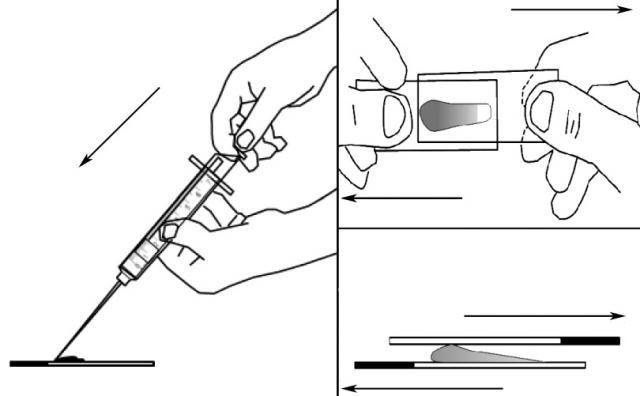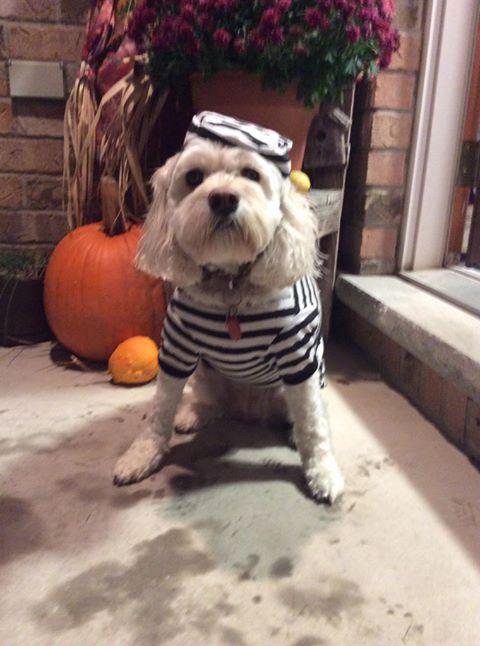What is a Heart Murmur?
When your veterinarian is listening to your dog’s heart, they are listening for the typical sounds a heart makes when it beats. These sounds represent the closing of the heart valves. When a heart murmur is heard, this means your veterinarian is hearing a “whooshing” sound over the typical “lub-dub”.
What Causes a Heart Murmur?
A heart murmur is caused when there is turbulent blood flow through the heart. The heart is responsible for pumping the blood through the body, and normally the blood flows smoothly through the heart. This is usually a quiet process. However, sometimes there is something within the heart that disrupts this smooth blood flow. This creates a “whooshing” sound.
Most frequently, in older dogs, the murmur is caused by one of the valves of the heart (most commonly the mitral valve) not closing all the way shut. When a valve does not close all the way, some blood is allowed to flow backwards. This causes turbulent blood flow, and the “whooshing” sound of a heart murmur.
What Does it Mean for My Dog?
Your dog being diagnosed with a heart murmur means you veterinarian is concerned with possible mitral valve disease. Unfortunately, we do not know the ultimate root cause of mitral valve disease, other than for some breeds where there seems to be a genetic component.
The good news is that many dogs with mitral valve disease can live long and happy lives without it ever causing them any ill health. This is because mitral valve disease is frequently mild and slowly progressive.
However, in some cases, mitral valve disease can progress to congestive heart failure. As the leaky valve worsens, more blood flows backwards. The heart stretches to accommodate this. At some point, the muscles of the heart are at their maximum stretching ability, and are no longer able to contract strong enough to push the blood forward through the body. This causes a backup of blood in the veins in the lungs. The pressure this creates causes fluid to build up in the lungs, making it very difficult to breathe. Unfortunately, once a dog is in congestive heart failure, the prognosis is poor.
What Can Be Done to Help My Dog?
Previously, when we diagnosed a heart murmur, there was not a lot that could be done until a dog was actually in congestive heart failure. The good news is that times have changed and we now have the ability to figure out if a dog is likely to go into congestive heart failure, and significantly prolong the time it takes for them to get there.
The first thing to be done is x-rays of your dog’s chest. This will allow your veterinarian to assess your dog’s heart size. The sign that a dog with mitral valve disease is headed towards congestive heart failure is an enlargement of the heart. Many dogs will have enlarged hearts without showing any clinical signs of heart disease, so an x-ray is a very good tool for early intervention.
If heart enlargement is noted on x-rays, then it is time to start on medications to support the heart. A new study has shown starting medication at this time can significantly prolong the time it takes for dogs with mitral valve disease to go into congestive heart failure. This means a much longer and happier life for your dog!
If you have any questions, talk to one of our team members at Mitchell Veterinary Services.

















